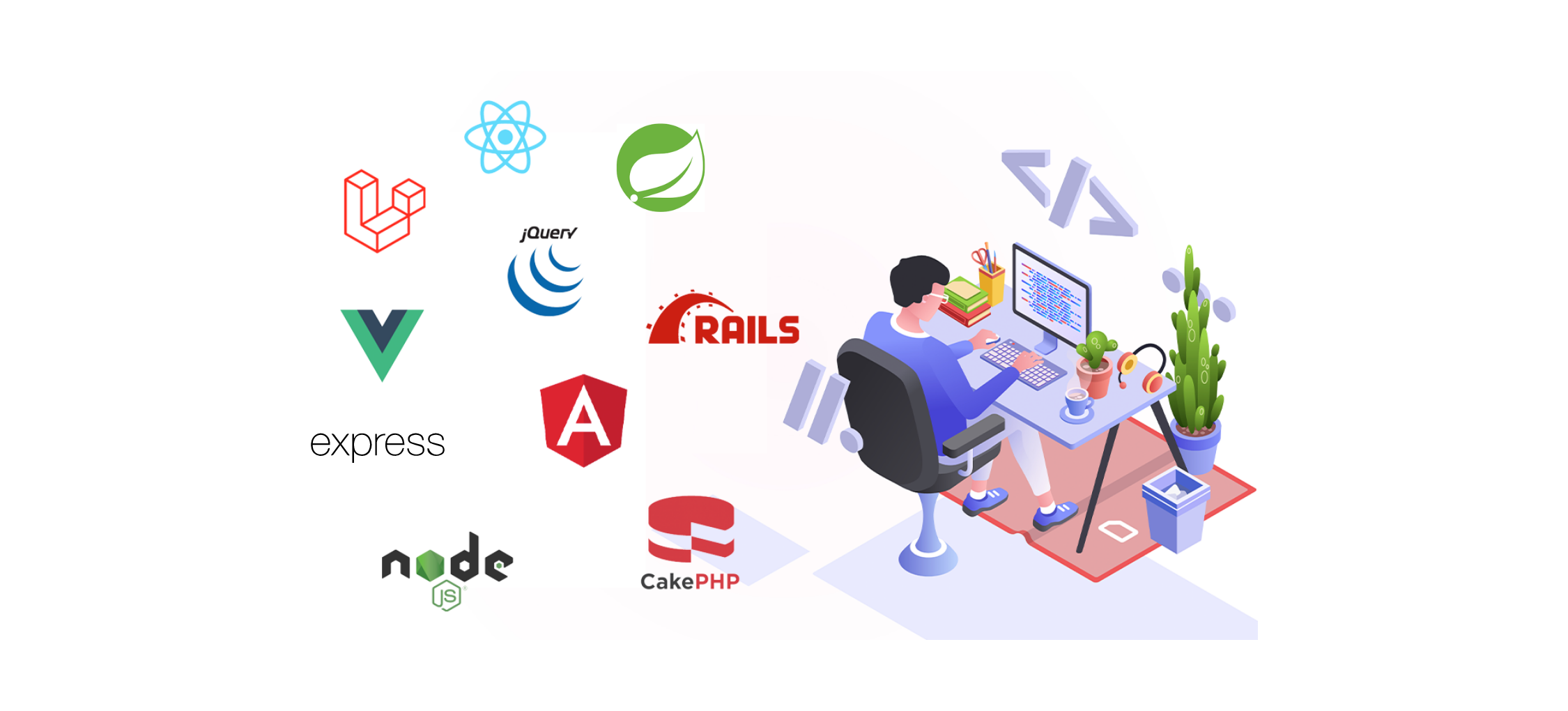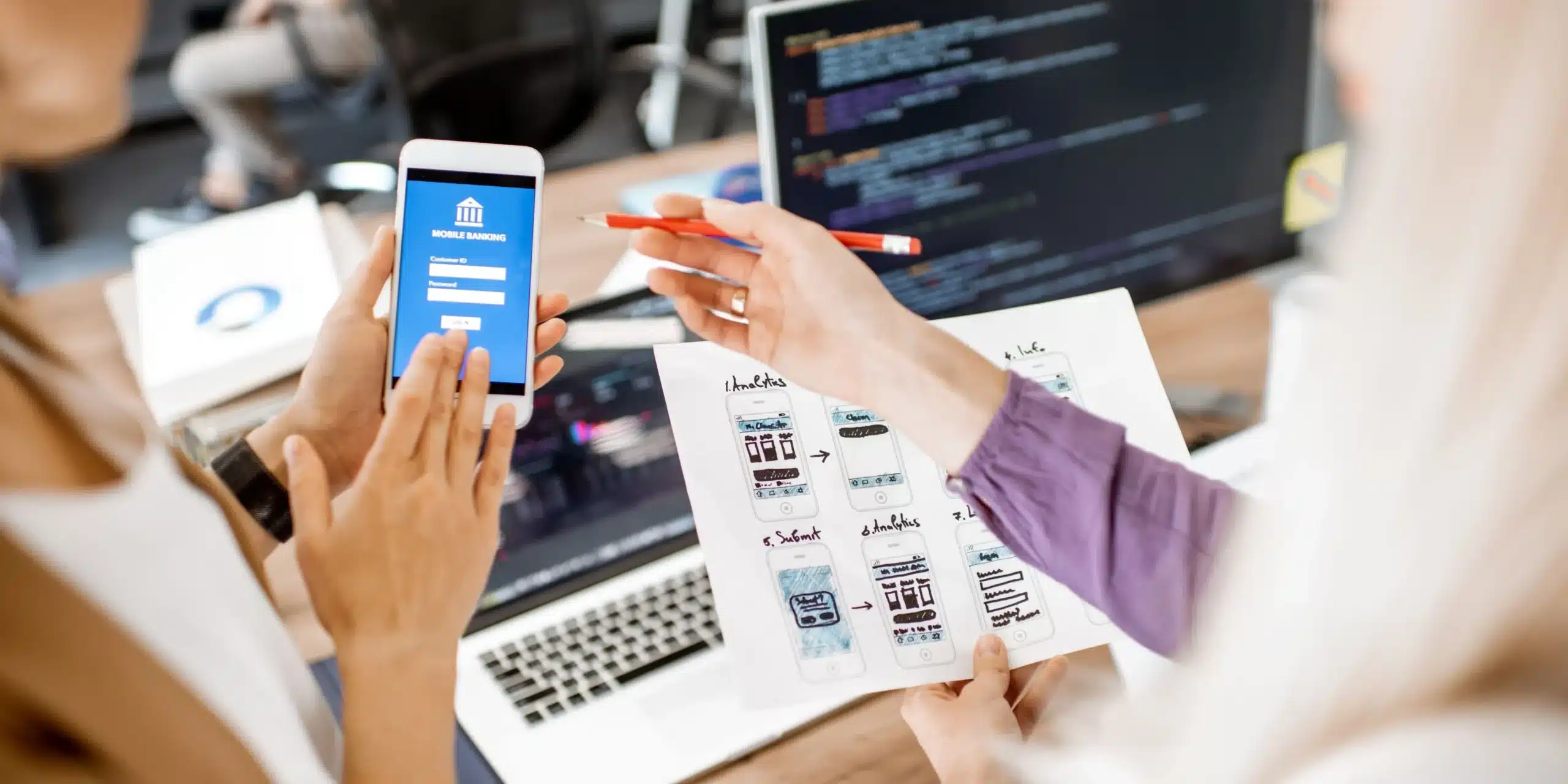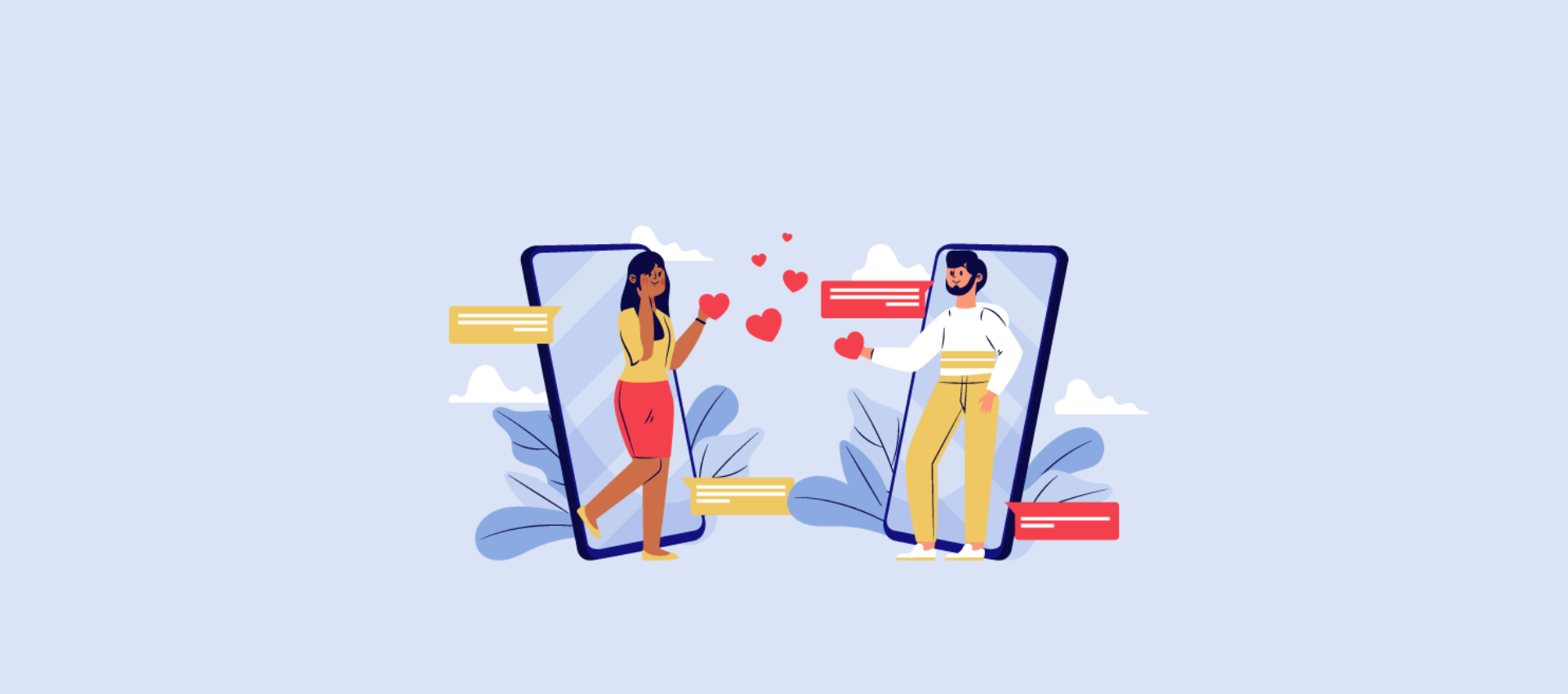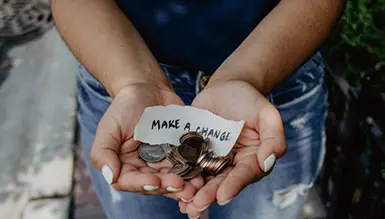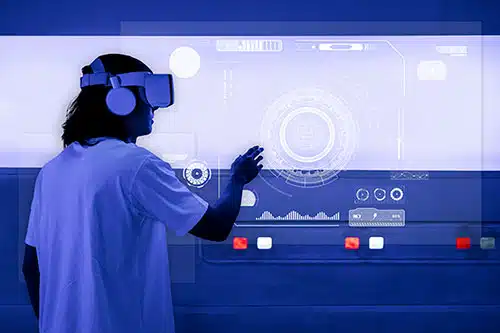What is a Web framework?
A high-functioning and multifaceted web applications are essential to business and online e-commerce. The most developed web application framework is a time-consuming process. It requires a technical skillset and aptitude. However, the use of popular Web Development Frameworks in the USA greatly facilitates the process. When you define it simply, a fast web application framework is software that aids in the development of the best enterprise web application framework. With the correct knowledge and skills, the website framework can be highly customizable. This allows for the input of unique features and tools.
Key Takeaways
- Web frameworks streamline web development, making it faster and more efficient.
- There are two main categories: front-end frameworks for user interfaces and back-end frameworks for server-side logic.
- Popular front-end frameworks include React, Angular, Meteor, and Strapi.
- Popular back-end frameworks include Express, Koa, and Beego.
- These frameworks provide powerful tools to build modern, scalable, and feature-rich web applications.
- Developers can leverage these frameworks to boost productivity, write cleaner code, and deliver exceptional user experiences.
- The ideal framework for a project depends on its specific requirements.
What is the most popular web development framework?
There are a variety of different open-source web development frameworks that you can find. However, below are the most popular frontend frameworks for 2024. The list summarizes two prominent types of top front-end web frameworks and backend web development frameworks.
1. Frontend Web Frameworks
In the parlance of top web application frameworks for enterprise, the frontend refers to the area of the site where visitors interact directly. Coders in the past were required to manually create code to dictate these interactions. In such cases, frontend best enterprise web application framework reduces the complexity of this task by providing pre-written coding that developers may build on.
2. Backend Web Frameworks
It is known as server-sided frameworks. The backend best web frameworks for websites also assist with the development of web applications. However, while other frameworks deal primarily with the visor-facing side of web applications, backend web frameworks provide tools that assist with the development of web tasks. It includes security, user authorization, database interaction, and URL routing.
Please continue reading for an in-depth list of the most commonly used web frameworks available today.
Top Frontend Web Development Frameworks in 2024 :
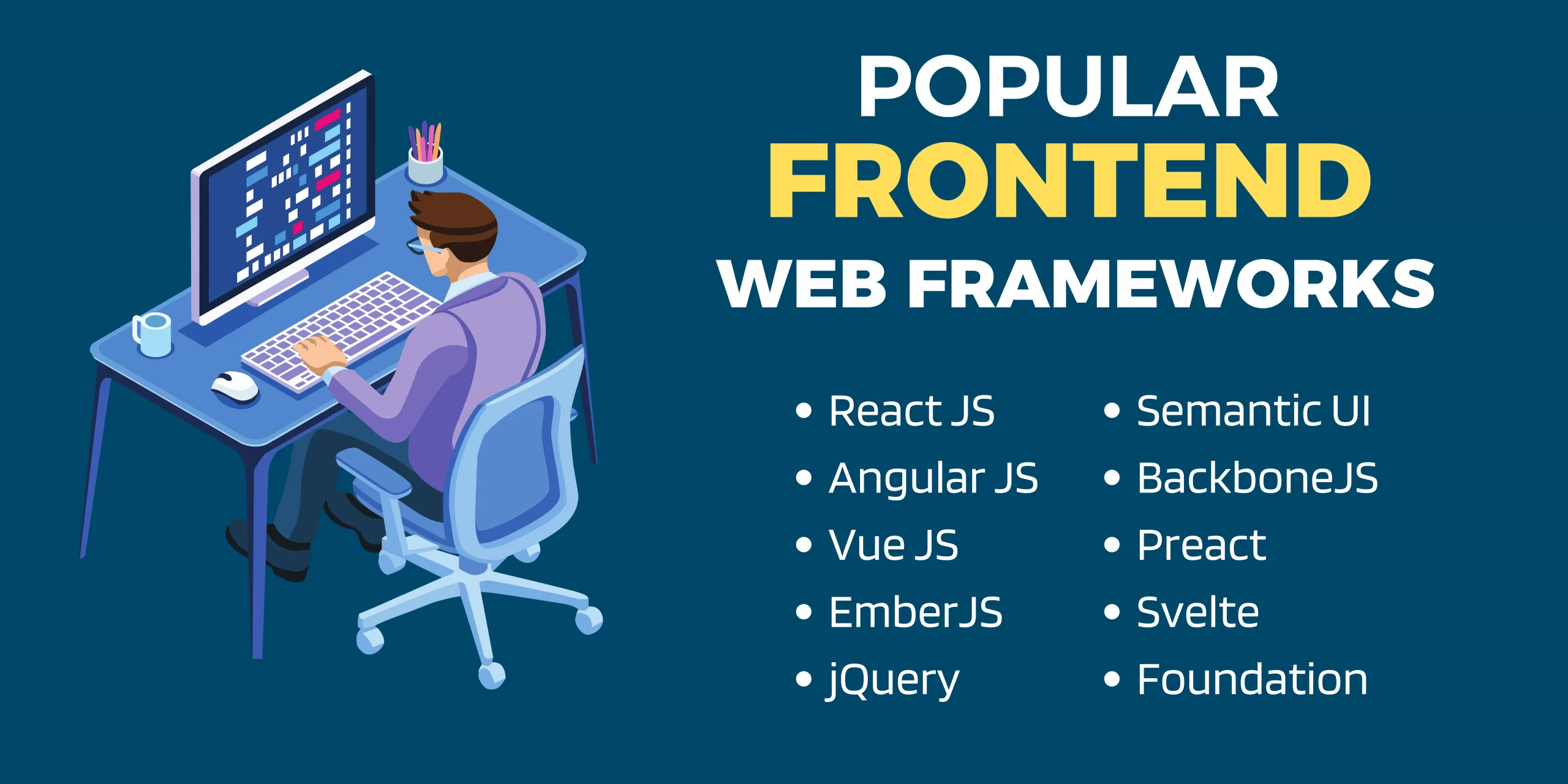
1. React.js
It is another popular alternative to Angular. React.js is an open-source front-end library. As it is open-source, it has a lot more community support and plugins as opposed to Angular. It can also use either JavaScript or Typescript. The framework also has an equally popular design standard framework called Material UI. This best open-source web development framework offers all of the same benefits and tools as Angular. React JS has very similar adoption and usage statistics.
Similar to Angular, this framework also relies upon Node.js. If you’re looking for an open-source and slightly lighter-weight alternative to Angular, then React is your way to go. It is due to its numbers, this framework also will be one of the top front-end frameworks for 2024.
2. Angular JS
Learning about Angular JS be confusing, as there are two different angular frameworks. The original angular.js framework in the USA is now in Long Term Support mode. This implies, no new features or innovations will be added. The framework you want is the new Angular. This popular framework being developed by Google is rapidly innovating. It provides developers with several out-of-the-box pre-built solutions to make the best web framework for enterprise applications fast.
This framework will require Node.js and utilize either JavaScript or Typescript. It also uses some other existing technologies like Angular CLI to make the generation of the modules and code packages quick and easy for the Angular.js developer. What makes this framework so great is its tight integration with Angular Material. This is a modern design guideline and the one you have seen on several websites. With backing from a large company and lots of community support, this is one of the top front-end frameworks for 2024. It comes as one of the best web development frameworks out there.
3. Vue.js
Vue.js is a sort of hybrid between heavier and larger frameworks like Angular and React. If you have an existing application, Vue is something pretty easy to integrate right in without having to do the major rewriting. Just like any modern front-end web framework to the website, you’ll get all the core features you want. It also includes data binding. Unlike some of these bigger frameworks though, there might not be as robust of features built-in.
4. EmberJS
Ember.js is a free and open-source JavaScript framework that follows the MVC (Model View Controller) design pattern and is used to create complex client-side web applications. As one of the most widely used front-end application frameworks, Ember has been gaining popularity due to its ability to speed up development while enhancing productivity. Square, Discourse, Groupon, LinkedIn, LiveNation, Twitch, and Chipotle use it now.
Ember is most associated with web development, although it can also be used to create native apps for desktops and mobile devices. Ember.js is the best option if you want to create a web app with a single page. Apple Music is the most well-known Ember desktop app.
5. jQuery
This will still be one of the most popular web frameworks for 2024 and many years to come. This small, fast, and feature-rich JavaScript library provides so many tools that many developers now consider essential. JQuery has become so popular that users can’t tell the difference between vanilla JavaScript and jQuery.
DOM traversal, manipulation, event handling, animations, data logic, and Ajax calls are all much simpler with jQuery. Essential JavaScript logic is also easy to attain. It’s changed how millions write JavaScript and isn’t going anywhere any time soon. jQuery holds a place in history as one of the most popular web development technologies.
6. Semantic UI
Semantic UI, like Bootstrap, is a theming-focused front-end programming framework. Pre-made semantic components are included that make it easy to design beautiful, responsive layouts in HTML5 that are also accessible to humans.
The Semantic UI website claims the framework makes front-end development a joy thanks to its semantic HTML, natural JavaScript, and streamlined debugging.
Also, it works with various other frameworks, including React, Angular, Meteor, and Ember, to keep the UI layer and application logic well organized.
7. BackboneJS
Simply put, it is a little library for organizing JavaScript scripts. Additionally, it is categorized as an MVC/MV* framework. In case you have not heard of it before, Model-View-Controller (MVC) is a common design paradigm for building user interfaces. Specifically, it divides the program into three categories of parts:
- Model
- View
- Controller
The goal is to encourage the separation of issues, leading to a more organized and easier-to-maintain application. Like MVC controllers, Backbone.js views are more like view models. So, the MV* framework best describes this. To be precise, it is not a framework but a library.
Also available in Backbone.js is a concept known as a router. Single-page web apps are built with it. A web app that can be used entirely within a single web page is called a “single-page application.” creating a user experience on par with traditional desktop software.
8. Preact
Front-end framework created by Jason Miller and a team of contributors as a lightweight replacement for React (only 3kb). To create a lightweight JavaScript framework with the same application programming interface (API) and functionalities as React, Preact was created.
You can rest easy knowing that your JavaScript library or framework will not eat up too much space in your app because its combined size is less than 3kb.
In addition to its small size, Preact’s speed is impressive. This library is one of the quickest Virtual DOM options because of its straightforward and reliable diff implementation.
9. Svelte
Since its 2016 debut, Svelte has become Rich Harris’s latest front-end web development framework. Svelte is a revolutionary new method for creating user interfaces, and it can be applied to creating standalone UI components or entire apps. We can either use Svelte from the ground up to create our application or include it into already-existing software in stages.
Svelte’s method of operation lessens the amount of sent files and improves client performance. The compiler can include the necessary calls to automatically refresh the data and re-render the UI components by analyzing the application’s source code. Svelte was developed using TypeScript, a language that extends JavaScript.
10. Foundation
Foundation was released in September 2011 as a CSS framework created by ZURB. When compared to other frameworks, its user interface is more sophisticated. There are several web browsers and mobile devices that can use Foundation successfully. One of its strongest points is the mobile-friendly menu it provides. The menu’s functionality is superb and simple to customize with CSS. Thanks to this responsive framework, designers and developers may take more of a do-it-yourself approach to crafting beautiful websites.
Looking to improve your website’s front-end? Then connect with JumpGrowth they provide front-end development services that can help you create a user-friendly experience for your customers.
Top Backend Web Development Frameworks in 2024:

1. Laravel
The Laravel web application framework is touted as an expressive framework with an elegant syntax. It’s got a great ecosystem of different toolsets that allow you to quickly and easily build solutions utilizing PHP. The real appeal here is how much the ecosystem provides.
From cross-platform development environments to tools to allow for easy debugging, you’ll find everything you need to aid in development. Subscription billing, app scaling, zero downtime deployments, OAuth2 implementation, everything you’d think a modern website should have, is built in natively with the same. This is a great option for PHP ecosystems and one that will provide lots of value.
2. Django
Django is a high-level Python web framework that encourages fast development and clean, practical design. It was made by experienced developers and takes care of a lot of the trouble of Web development, so you can focus on writing your app instead of starting from nothing. It is free, and anyone can use it. Django was made to help developers get their apps from an idea to a finished product as quickly as possible.
3. Flask
Python is used to write Flask, which is a small and best backend framework. It is called a micro framework because you do not need special tools or libraries to use it. It does not have a database abstraction layer, a form validation layer, or any other part where third-party libraries already provide common functions. But Flask supports add-ons that can add features to an application as if they were built into Flask itself. There are extensions for object-relational mappers, form validation, file uploads, several open authentication technologies, and a few common framework tools.
Pinterest and LinkedIn are two examples of apps that use the Flask framework.
4. Express
This top web application framework provides a robust middleware system for Node. js-based applications. With a focus on performance, Express provides the essentials of the best enterprise web applications API development without becoming too complicated or obscuring features too much.
Because Express is built on Node.js, many popular frameworks are built off of and utilize it. Express has a great set of documentation, tutorials, and plenty of examples you can find online. It provides all the essentials you need like routing, error handling, debugging, and database integrations. For Node.js applications, this is one of the best frameworks for web development and one of the best frameworks to build web applications.
Want to develop a strong backend for your next project? Then connect with JumpGrowth’s team of experienced developers who can provide top-notch backend development services to help you build the perfect backend for your business.
5. Ruby on Rails
The framework has a great name. It implies it’s fast and easy. This is all true. GitHub, Shopify, Airbnb, Twitch, SoundCloud, Hulu. The list goes on of popular and recognizable websites that are built using Ruby on Rails. The open-source software makes it free to use. As it has immense popularity, therefore, you can find a huge amount of support for it. With their statement being “Optimizing for programmer happiness” it is much different from other simple web application frameworks.
It provides a lot of great functionality for quickly building out the scaffolding of your project. From creating models, views, interfaces, database connections, and much more. However, Ruby on Rails does not have all the same features of a full and robust framework like Angular, React, or even Vue, so you will find yourself mixing in other things for the front-end development. Although Ruby on Rails is fast to build, it can be slow in performance for larger-scale applications. Thus, it isn’t as optimized for multithreading.
6. Spring
The Spring Framework is a powerful and flexible backend framework. This framework uses Dependency Injection and Inversion of Control principles to loosely couple application components, hence increasing the application’s responsiveness. Its modular structure accommodates a wide range of programming languages and frameworks.
Aside from the application framework, Spring also offers a data access framework that simplifies working with application databases.
- Unpacking and managing available resources
- Treating Exceptions
- Taking Part in a Deal
Since Spring is such a powerful framework, it also has a significant learning curve because of the breadth of its capabilities. Confusion, especially for less experienced programmers, can result from the framework’s complexity and the abundance of available customization choices.
7. Meteor
MeteorJS, also known as Meteor, is a framework for developing concurrent online and mobile applications. It allows for rapid prototyping and produces code that works across mobile, desktop, and web platforms. Its cloud platform, Galaxy, makes scaling, deployment, and monitoring incredibly easy.
Meteor is used by 19,913 websites, according to BuiltWith. The apps WishPool, HaggleMate, and Telescope are just a few examples.
8. Strapi
In the present front-end discourse, Strapi Headless is the rave. In addition, Strapi has done an excellent job of establishing itself as a top-tier Headless CMS platform.
And what exactly is this Strapi? Strapi is the engine that drives your user-facing application. Since Strapi can handle most of the heavy lifting via its API, it effectively negates the need to learn a framework like Express.
This contains a specialized user interface for content management, on-the-fly GraphQL and REST endpoints, user administration (permissions, roles, etc.), and an independent plugin interface for an extension. Strapi is not tied to any certain framework or front-end library, making it highly flexible and adaptable.
9. Koa
Koa is a Node.js framework that is both lightweight and scalable, and it offers a rich feature set for both web and mobile applications. You can improve error handling significantly by using async functions. The developers behind Express created Koa to provide a more stable basis for APIs (Application Programming Interfaces) and web applications. As a more compact alternative to Express, it has widespread popularity. With Koa, you can quickly and easily create reliable servers thanks to its attractive range of techniques.
10. Beego
When it comes to web development, Beego is one of the best Go frameworks available to programmers. It is easy to create functional applications with its MVC framework, RESTful support, and the bee tool. Features such as hot code compilation, automated testing, and automated packing and deploying are available to developers. With features like smart routing, pre-installed modules, and monitoring, it gives Go developers complete authority over their web applications.
Also Read: Top App Development Frameworks for Developing High-Quality Mobile Apps.
Conclusion
Before making a final choice, a businessperson should consider what their project and team need from a framework. This is because front-end frameworks are hugely different in terms of their features, how they are put together, and how they are licensed.
The ten front-end and back-end frameworks listed above are some of the most popular web development framework options today. These were chosen for this list based on their features, whether they are free or cost money, and how well-known they are.
Our experts can help you in developing robust web development.
FAQs
Q. What is a front-end framework?
In simple terms, a Front-end Framework is a platform or tool that lets you build your website’s front end, or the parts that users can see. It involves making interfaces that are easy for users to use and getting data from the back end to the user in an efficient way.
Q. What is a backend framework?
Backend frameworks are collections of server-side programming languages that help put together a website’s backend structure. Backend frameworks come with ready-made parts that can be used to make a dynamic web app.
Q. Which is the fastest (frontend, backend) framework for web development?
JS report says that the fastest front-end framework is Solid JS. Laravel, on the other hand, is the fastest of all the most popular back-end frameworks. It is the newest back-end framework, but it is also the best and the fastest.
Q. What is an example of a web framework?
A web development framework, such as Laravel, Rails, or Django, is a collection of resources and tools that help programmers create and maintain websites, web services, and web applications.
Read More Related to Frameworks:
